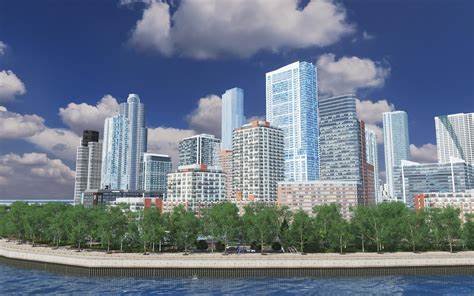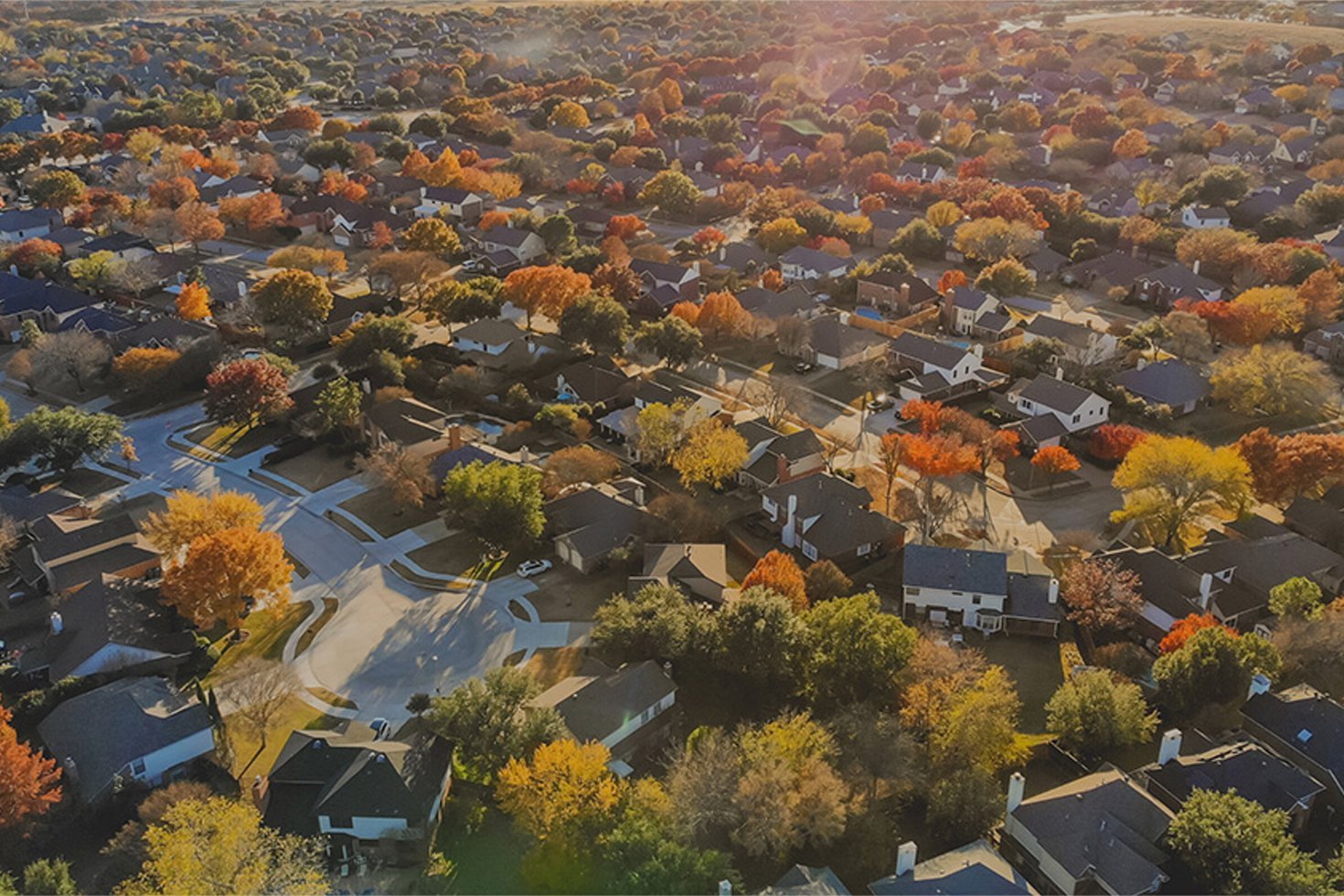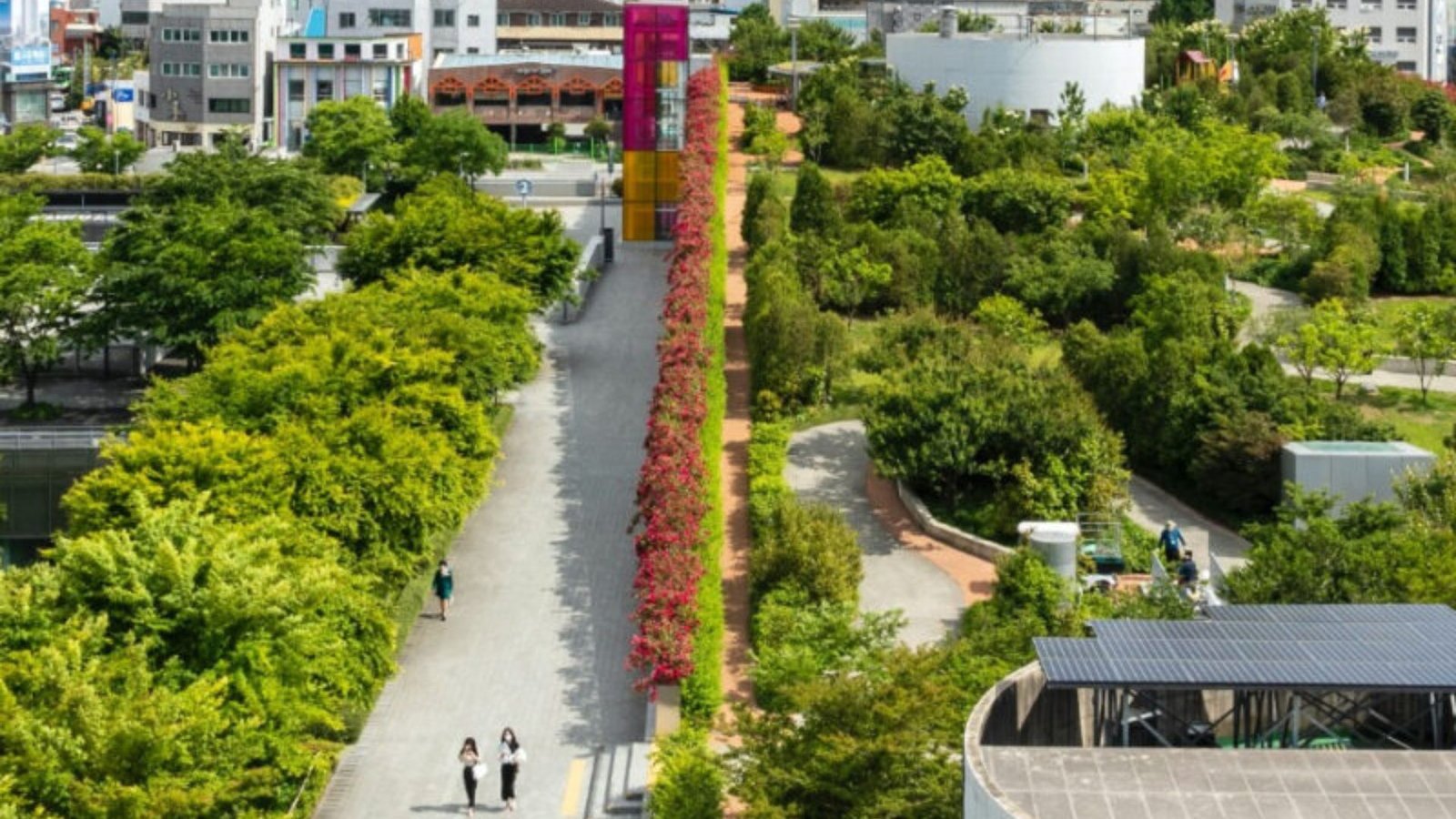Urban areas around the world are becoming increasingly crowded as populations rise, making effective land planning in high-density cities more crucial than ever. High-density cities face a range of unique challenges, from limited space to the pressure of providing adequate infrastructure and amenities for growing populations. Urban planners must navigate these obstacles to ensure sustainable, functional, and livable spaces for residents.
This article delves into the key challenges of land planning in high-density cities, offering insights into how planners can address these issues through thoughtful design, innovation, and policy.
1. Limited Space for Development
One of the most significant challenges in high-density cities is the lack of available land for development. As cities grow, the demand for housing, businesses, and public infrastructure often exceeds the available space. This results in crowded neighborhoods, higher property prices, and limited options for expansion.
Urban planners in these areas need to find creative solutions to maximize the use of limited land. This might involve increasing building heights with skyscrapers or using vertical land planning strategies, such as green rooftops or multi-story parking garages, to reduce the footprint of new developments.
2. Affordable Housing Shortages
In high-density cities, the demand for affordable housing is often a critical issue. As the population increases and land becomes scarcer, housing prices soar, making it difficult for low and middle-income families to find suitable homes. This can lead to overcrowded living conditions, homelessness, and socio-economic divides within the city.
Addressing the housing crisis requires a balanced approach to land use, incorporating affordable housing units within commercial or mixed-use developments. Planners must also advocate for policies that encourage affordable housing development and ensure that new projects cater to a wide range of income levels.
3. Overcrowded Infrastructure
High-density cities often struggle with infrastructure that wasn’t designed to handle such a large population. Roads, public transit, water, and sewer systems can become overburdened, leading to congestion, delayed transportation, and strain on public services.
Urban planners must prioritize infrastructure improvements, such as expanding transportation networks, upgrading utilities, and enhancing the capacity of roads. Integrating sustainable solutions like green infrastructure or smart city technology can also help alleviate some of the burdens on overcrowded infrastructure.
4. Traffic Congestion
Traffic congestion is a significant challenge in high-density cities. With limited road space, a high volume of vehicles, and growing population numbers, traffic jams are an everyday issue that negatively impacts productivity, air quality, and overall quality of life.
Planners can tackle congestion by promoting alternative transportation options such as public transit, cycling, and walking. They can also encourage the development of mixed-use areas, where people live, work, and shop within close proximity, reducing the need for long commutes. Smart traffic management systems can also be implemented to optimize the flow of vehicles and reduce delays.
5. Environmental Sustainability
Sustainable land use is a pressing concern in high-density cities. Urbanization often leads to the depletion of natural resources, pollution, and a loss of green spaces, which in turn impacts local ecosystems and residents’ well-being.
Urban planners must work to balance development with environmental conservation. Incorporating green spaces, such as parks, green rooftops, and community gardens, is one way to maintain biodiversity and improve air quality. Planners can also integrate sustainable building practices and energy-efficient infrastructure to minimize the environmental impact of urbanization.
6. Social Equity and Inclusion
In high-density cities, there’s often a significant gap between wealthy and low-income residents, which can lead to social inequality. The lack of affordable housing, limited access to quality education, and poor healthcare options in certain neighborhoods exacerbate these issues.
Land planners must prioritize inclusivity and ensure that all communities, regardless of socio-economic status, have access to essential services. This could include developing affordable housing in areas with good access to public transit, schools, and healthcare facilities. Moreover, planners must consider the diverse needs of the population, incorporating spaces that promote social interaction and cohesion across various groups.

7. Preserving Cultural Heritage
Many high-density cities are home to rich cultural histories, which often face the threat of being overshadowed by modern development. Balancing the preservation of historical landmarks and cultural sites with the need for growth and modernization is a delicate task for urban planners.
To address this, planners must identify areas of historical or cultural significance and integrate them into development plans. Adaptive reuse of old buildings, maintaining architectural heritage, and creating cultural districts can help preserve the city’s identity while accommodating new growth.
8. Climate Change Resilience
High-density cities are particularly vulnerable to the effects of climate change, such as extreme weather events, rising sea levels, and heatwaves. Planners must create resilient infrastructure to minimize these risks while still supporting population growth.
Incorporating climate-conscious designs, such as flood-resistant buildings, water conservation systems, and urban heat island mitigation strategies, is essential for the long-term sustainability of high-density cities. Cities can also improve resilience by developing green corridors, increasing tree canopy coverage, and integrating natural elements into urban landscapes to help with cooling and stormwater management.
9. Community Engagement and Public Input
High-density cities often have diverse populations with different needs, preferences, and cultural backgrounds. Engaging local communities in the planning process is crucial to ensure that development projects align with the values and needs of the people who will be affected by them.
Urban planners can facilitate community engagement through public meetings, surveys, and social media platforms. Involving residents in the decision-making process not only ensures that the outcomes are more inclusive but also helps foster a sense of ownership and responsibility toward the urban environment.
10. Balancing Economic Growth with Social Well-being
The pressure to develop economically viable projects in high-density cities can sometimes come at the expense of social well-being. Commercial and residential developments that prioritize profitability over people’s needs can result in unsafe environments, reduced access to green spaces, and increased inequality.
To tackle this, planners must adopt an integrated approach that balances economic growth with quality of life. This can include zoning policies that promote mixed-use developments, encourage the creation of affordable housing, and integrate public amenities that cater to the well-being of the entire population.
Conclusion
Land planning in high-density cities presents a complex set of challenges, ranging from limited space and infrastructure to the need for sustainable development and social equity. By adopting innovative design practices, prioritizing environmental sustainability, and promoting inclusivity, urban planners can create cities that are not only functional but also livable for their residents. Balancing growth with quality of life is crucial to ensuring that high-density cities remain vibrant, sustainable, and adaptable in the face of future challenges.




